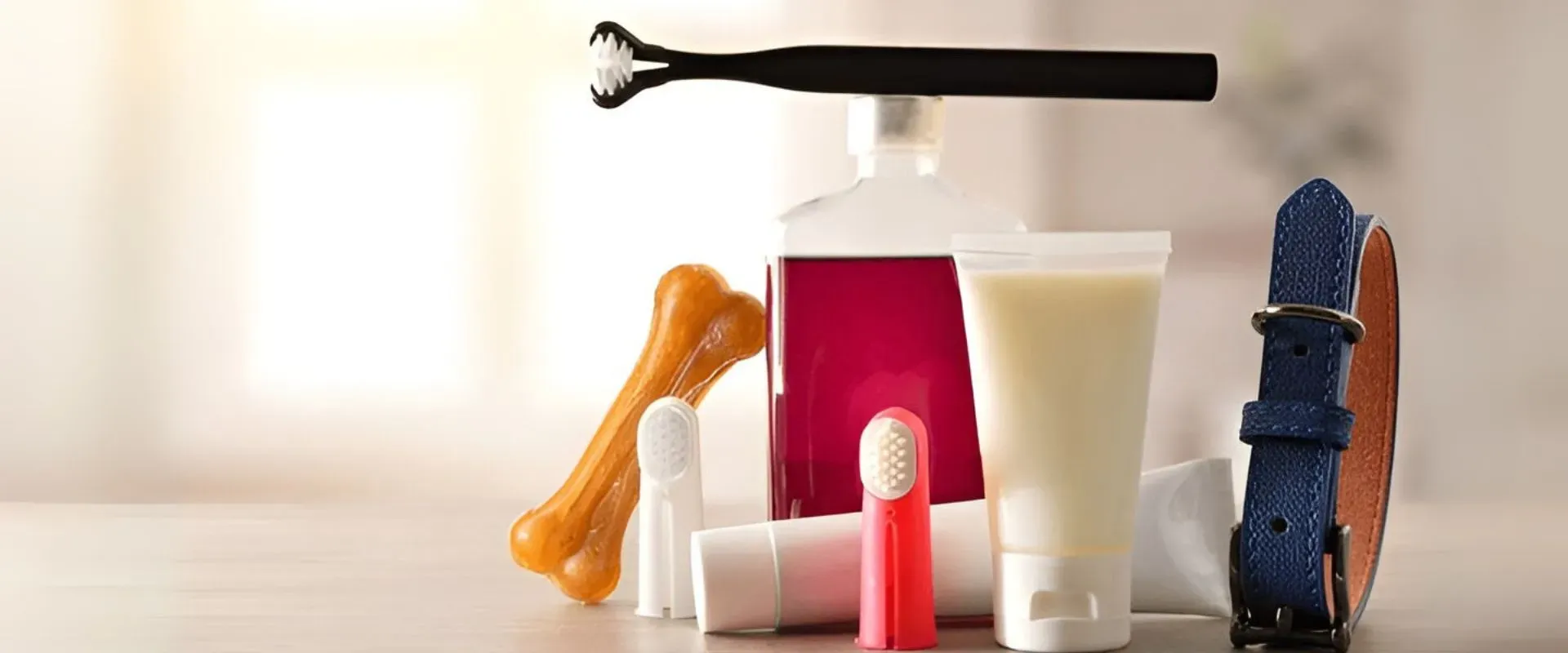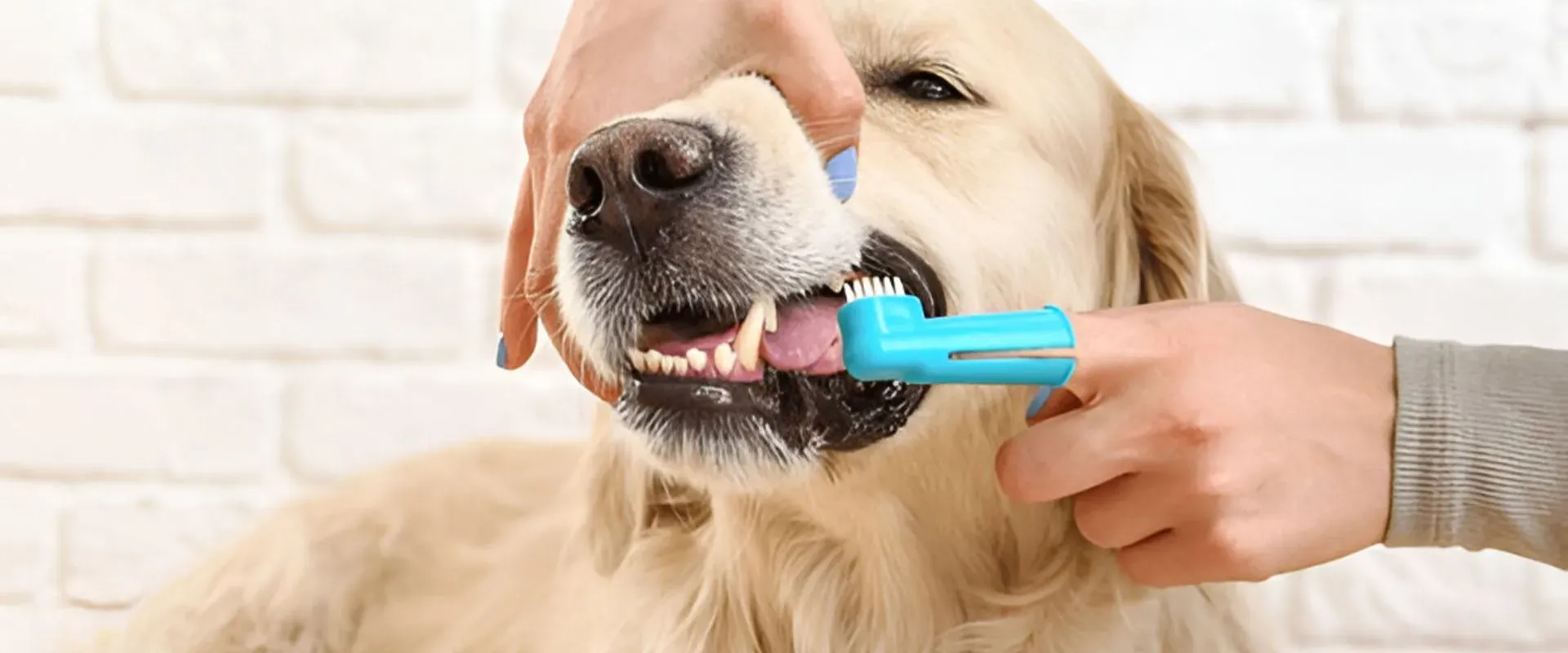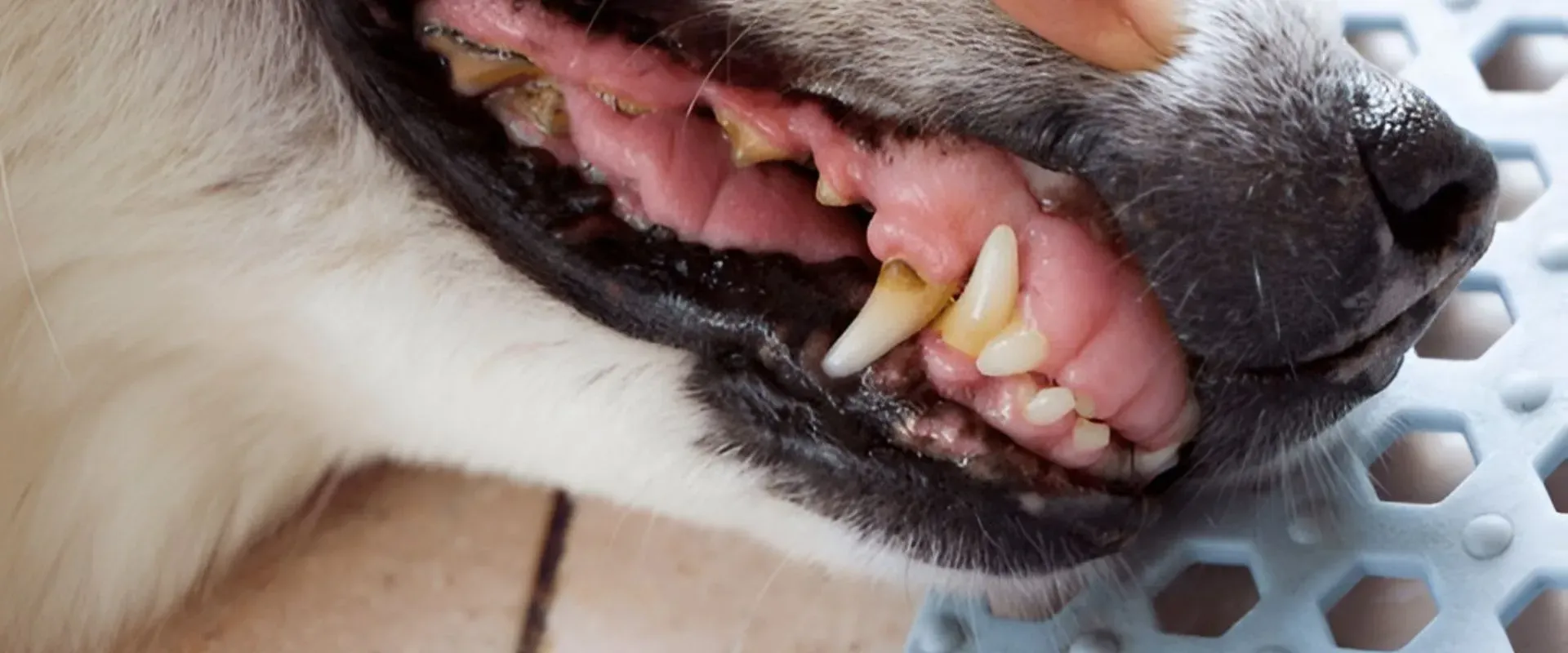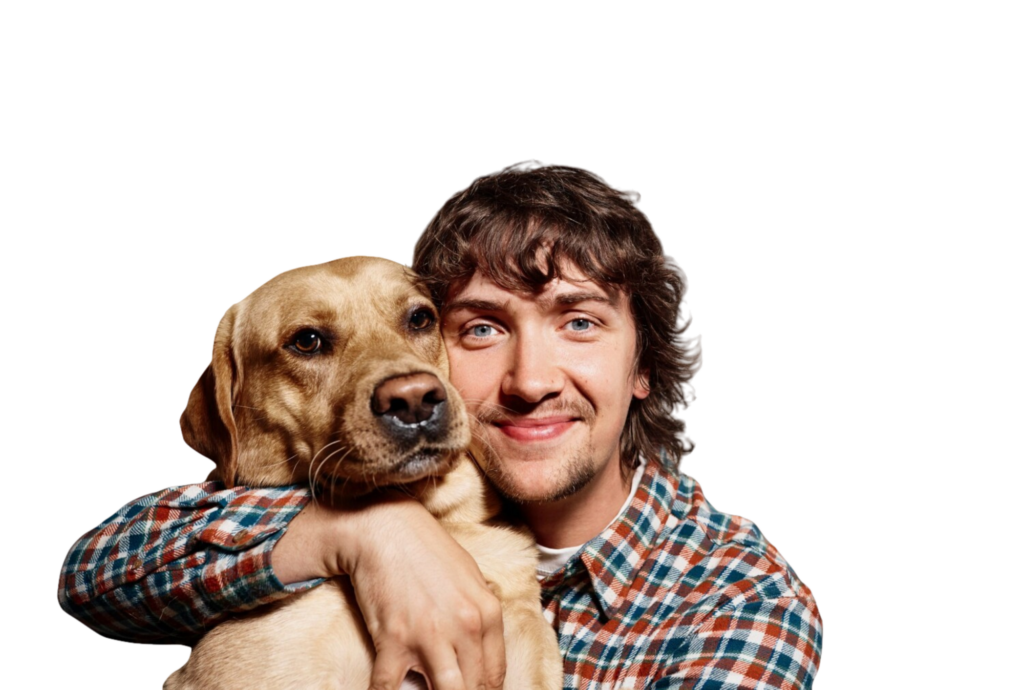Maintaining your dog’s dental health is one of the most overlooked aspects of pet care, yet it plays a crucial role in their overall well-being. Just like humans, dogs can develop plaque buildup, gum disease, and other oral health issues that can lead to serious complications if left untreated. Regular teeth brushing can prevent these problems and keep your furry friend’s mouth healthy and fresh.
Most pet owners feel intimidated by the idea of brushing their dog’s teeth, but with the right approach and techniques, it becomes a manageable routine. This comprehensive guide will walk you through everything you need to know about how to brush a dog’s teeth effectively, from selecting the right tools to establishing a routine that works for both you and your pet.
Professional Mobile Dog Groomers understand the importance of complete pet care, including dental hygiene, as part of their complete grooming approach. However, learning to brush your dog’s teeth at home is an essential skill every pet owner should master.
Why Dog Dental Care Matters
Dogs face many of the same dental problems that humans do, including plaque buildup, tartar formation, and gum disease. According to veterinary studies, over 80% of dogs show signs of dental disease by age three. Poor dental hygiene can lead to more than just bad breath; it can cause pain, tooth loss, and even serious health complications when bacteria enter the bloodstream.
Regular brushing removes food particles and bacteria before they can harden into tartar. Once tartar forms, it can only be removed through professional dog teeth cleaning, which requires anesthesia and can be costly. By implementing a consistent brushing routine at home, you can significantly reduce the need for professional interventions and keep your dog comfortable and healthy.
The benefits extend beyond dental health. Dogs with clean teeth tend to be more comfortable eating, have fresher breath, and show fewer signs of oral discomfort. This improved comfort often translates to better overall mood and behavior.

Essential Supplies for Brushing Dog Teeth
Before you begin brushing your dog’s teeth, gather the necessary supplies. Using the right tools makes the process safer and more effective for both you and your pet.
Dog-Specific Toothbrush Options
Never use a human toothbrush on your dog, as the bristles are too hard and the size is inappropriate. Choose from these dog-friendly options:
- Finger toothbrushes slip over your finger and provide excellent control, especially for smaller dogs or those new to teeth brushing. The soft silicone bristles are gentle on gums while effectively removing plaque.
- Angled dog toothbrushes feature specially designed heads that make reaching back teeth easier. These work well for medium to large dogs and provide thorough cleaning when used correctly.
- Dual-headed toothbrushes have differently sized brush heads on each end, allowing you to clean both large and small teeth effectively with one tool.
Dog Toothpaste Selection
Human toothpaste contains ingredients that are toxic to dogs, particularly xylitol and fluoride. Always use toothpaste specifically formulated for dogs. Popular flavors include poultry, beef, and peanut butter, which help make the experience more enjoyable for your pet.
Dog toothpaste is designed to be swallowed safely and often contains enzymes that help break down bacteria and freshen breath naturally. Some formulations also include ingredients that help reduce plaque formation between brushings.
Additional Helpful Tools
Consider these supplementary items to enhance your dog’s teeth cleaning routine:
- Dental wipes for quick cleanings or training purposes
- Gauze pads wrapped around your finger for gentle initial cleaning
- High-value treats to create positive associations
- Towels to manage any mess during the process
Preparing Your Dog for Teeth Brushing
Success in brushing dog teeth at home begins with proper preparation and gradual introduction. Rushing the process can create negative associations that make future brushing sessions difficult.
1. Building Positive Associations
Start by allowing your dog to investigate the toothbrush and toothpaste. Let them sniff and lick the toothpaste from your finger. Most dogs enjoy the flavor. This initial exploration helps reduce anxiety about unfamiliar objects.
Practice handling your dog’s muzzle gently. Lift their lips to expose their teeth while offering treats and praise. This conditioning helps your dog become comfortable with mouth manipulation before introducing the actual brushing process.
Choose a quiet, comfortable location for brushing sessions. Consistency in location helps establish routine and reduces stress. Ensure good lighting so you can see what you’re doing clearly.
2. Timing Considerations
Select times when your dog is naturally calm, such as after a walk or play session, when they’re slightly tired but not overly excited. Avoid brushing immediately after meals, as some dogs may feel nauseous with mouth manipulation on a full stomach.
Keep initial sessions very short, even 30 seconds of successful interaction is progress. Gradually increase duration as your dog becomes more comfortable with the process.

Step-by-Step Guide to Brushing Your Dog’s Teeth
Learning how to brush a dog’s teeth properly requires patience and the right technique. Follow these detailed steps for effective and safe dental care.
Step 1: Get Your Dog Comfortable
Position your dog in a comfortable spot where they feel secure. Smaller dogs may prefer being held gently, while larger dogs often do better sitting beside you. Maintain a calm, positive demeanor throughout the process.
Offer a small amount of dog toothpaste on your finger for them to taste. This reinforces the positive association and helps them understand that this is a pleasant experience.
Step 2: Introduce the Toothbrush
Apply a small amount of dog toothpaste to the toothbrush. Let your dog see and smell the brush before proceeding. Some dogs benefit from licking the toothpaste off the brush before you begin actual cleaning.
Hold the brush gently but securely. Your grip should be firm enough to maintain control but gentle enough not to cause discomfort if your dog moves unexpectedly.
Step 3: Start with the Front Teeth
Gently lift your dog’s upper lip to expose the front teeth. Begin with small, gentle circular motions on the outer surfaces of the teeth. The front teeth are typically easier to access and help your dog adjust to the sensation.
Focus on the gum line where plaque typically accumulates. Gentle pressure is sufficient—aggressive brushing can damage gums and create negative associations.
Step 4: Progress to the Side Teeth
Once your dog is comfortable with front tooth brushing, gradually move to the side teeth. Lift the lips to expose the premolars and molars, which are common areas for plaque buildup.
Use the same gentle circular motions, paying special attention to the gum line. The back teeth often accumulate more plaque, so spend adequate time in these areas while monitoring your dog’s comfort level.
Step 5: Work on the Lower Teeth
Lower teeth can be more challenging to access, but they’re equally important. Gently pull down the lower lip or open the mouth slightly to reach the lower teeth.
Many dogs are more sensitive about lower jaw manipulation, so proceed slowly and offer frequent praise and treats for cooperation.
Step 6: Finish with Positive Reinforcement
End each session on a positive note with praise, treats, or a favorite activity. This positive ending helps ensure your dog looks forward to future brushing sessions.
Allow your dog to drink water if desired, as the toothpaste may make them thirsty. Monitor them briefly to ensure they’re comfortable after the session.
Common Challenges and Solutions
Even with proper preparation, you may encounter obstacles when learning how to brush your dog’s teeth. Understanding common challenges helps you address them effectively.
1. Dealing with Resistance
If your dog resists mouth handling, return to basics with positive conditioning. Spend more time associating mouth touches with treats and praise before attempting actual brushing.
Some dogs respond well to having their teeth brushed while they’re focused on a special chew toy or treat-dispensing toy. This distraction can make the process more tolerable.
2. Managing Anxiety
Anxious dogs benefit from very gradual introductions and shorter sessions. Consider using calming supplements or pheromone sprays if anxiety is severe, but consult your veterinarian first.
Never force the brushing process, as this can create lasting negative associations. It’s better to make slow progress with positive experiences than to rush and create fear.
3. Addressing Physical Difficulties
Some dogs have mouth conformations that make brushing challenging. Flat-faced breeds may require different brush angles, while dogs with small mouths need appropriately sized tools.
If your dog has existing dental issues causing pain, consult your veterinarian before beginning a brushing routine. Painful conditions need professional treatment before home care becomes comfortable.
Establishing a Routine
Consistency is crucial for successful dog teeth cleaning at home. Establishing a routine helps normalize the process and maintain optimal dental health.
1. Frequency Recommendations
Ideally, brush your dog’s teeth daily, just as you would your own. However, brushing three times per week can still provide significant benefits if daily brushing isn’t feasible.
Consistent timing helps establish a routine. Many owners find success incorporating teeth brushing into existing daily routines, such as before bedtime or after morning walks.
2. Creating Positive Habits
Make brushing sessions enjoyable by maintaining a positive attitude and using high-value rewards. Dogs quickly learn to associate activities with outcomes, so positive experiences encourage cooperation.
Track your progress with a simple calendar or journal. This helps you maintain consistency and identify patterns in your dog’s behavior or preferences.
3. Adapting as Needed
Be flexible with your approach as you learn what works best for your dog. Some dogs prefer shorter, more frequent sessions, while others do better with longer, less frequent brushing.
Adjust your technique based on your dog’s responses. If certain areas cause discomfort, spend more time conditioning before proceeding, or consult your veterinarian about potential issues.

Signs Your Dog Needs Professional Dental Care
While regular home brushing is essential, recognizing when professional intervention is needed protects your dog’s health and comfort.
Warning Signs to Watch For
- Bad breath that’s significantly worse than normal can indicate dental disease or other oral health issues. While dogs naturally have some mouth odor, suddenly foul breath warrants attention.
- Difficulty eating or showing pain while chewing may suggest dental problems that require professional evaluation and treatment.
- Red, swollen, or bleeding gums indicate inflammation that may need medical intervention beyond home care.
- Loose or broken teeth require immediate veterinary attention to prevent pain and infection.
- Pawing at the mouth or face rubbing may indicate oral discomfort that needs professional assessment.
When to Consult Your Veterinarian
Schedule regular dental check-ups as part of your dog’s routine veterinary care. Most veterinarians recommend annual dental evaluations, though older dogs or those with previous dental issues may need more frequent monitoring.
If you notice any warning signs or if your dog suddenly becomes resistant to previously tolerated brushing, consult your veterinarian promptly.
Additional Dog Dental Care Tips
Supplement your brushing routine with these additional strategies for comprehensive dental health.
1. Dental Treats and Toys
Choose dental chews that are appropriately sized for your dog and made from safe materials. Look for products approved by veterinary dental organizations for effectiveness.
Rope toys and rubber toys designed for dental health can help remove plaque through natural chewing action. Supervise chew toy use to ensure safety.
2. Diet Considerations
Some dog foods are specifically formulated to promote dental health through texture and ingredients that help reduce plaque formation.
Avoid giving your dog hard items like bones or ice cubes that can crack or break teeth. Stick to veterinarian-approved chew items.
3. Professional Services Integration
Consider professional dental cleanings as recommended by your veterinarian. These procedures can address issues that home care cannot resolve.
Some professional grooming services, including comprehensive care providers, incorporate basic dental care into their service offerings, complementing your home routine.
Taking the Next Step in Your Dog’s Health Journey
Mastering how to brush your dog’s teeth is an invaluable skill that contributes significantly to their overall health and quality of life. While the process may seem daunting initially, patience and consistency will help you and your dog develop a comfortable routine that protects their dental health for years to come.
Remember that dental care is just one aspect of comprehensive pet wellness. Regular veterinary check-ups, proper nutrition, exercise, and grooming all contribute to your dog’s health and happiness. If you’re looking for professional support with other aspects of your pet’s care, consider scheduling an appointment with a trusted pet care provider who understands the importance of complete wellness.
Your dedication to learning proper dental care techniques demonstrates the love and commitment that make you an exceptional pet parent. With these tools and techniques, you’re well-equipped to keep your dog’s smile healthy and bright.
Frequently Asked Questions
How often should I brush my dog’s teeth?
Daily brushing provides the best protection against dental disease, but brushing three times per week still offers significant benefits. Consistency matters more than frequency, so choose a schedule you can maintain long-term.
Can I use human toothpaste on my dog?
Never use human toothpaste on dogs. It contains ingredients like xylitol and fluoride that are toxic to pets. Always use toothpaste specifically formulated for dogs, which is safe to swallow and often flavored to appeal to pets.
What if my dog won’t let me brush their teeth?
Start with gradual conditioning, allowing your dog to get used to mouth handling and the toothbrush over several weeks. Use high-value treats and positive reinforcement. If resistance continues, consult your veterinarian about alternative dental care options.
At what age should I start brushing my dog’s teeth?
Begin introducing tooth brushing as early as possible, ideally when your dog is a puppy. Young dogs adapt more easily to new routines. However, dogs of any age can learn to tolerate teeth brushing with patience and proper conditioning.
Are there alternatives if I can’t brush my dog’s teeth?
While brushing is most effective, alternatives include dental wipes, water additives, dental chews, and special dental diets. However, these should supplement, not replace, regular brushing when possible. Consult your veterinarian about the best options for your specific situation.



